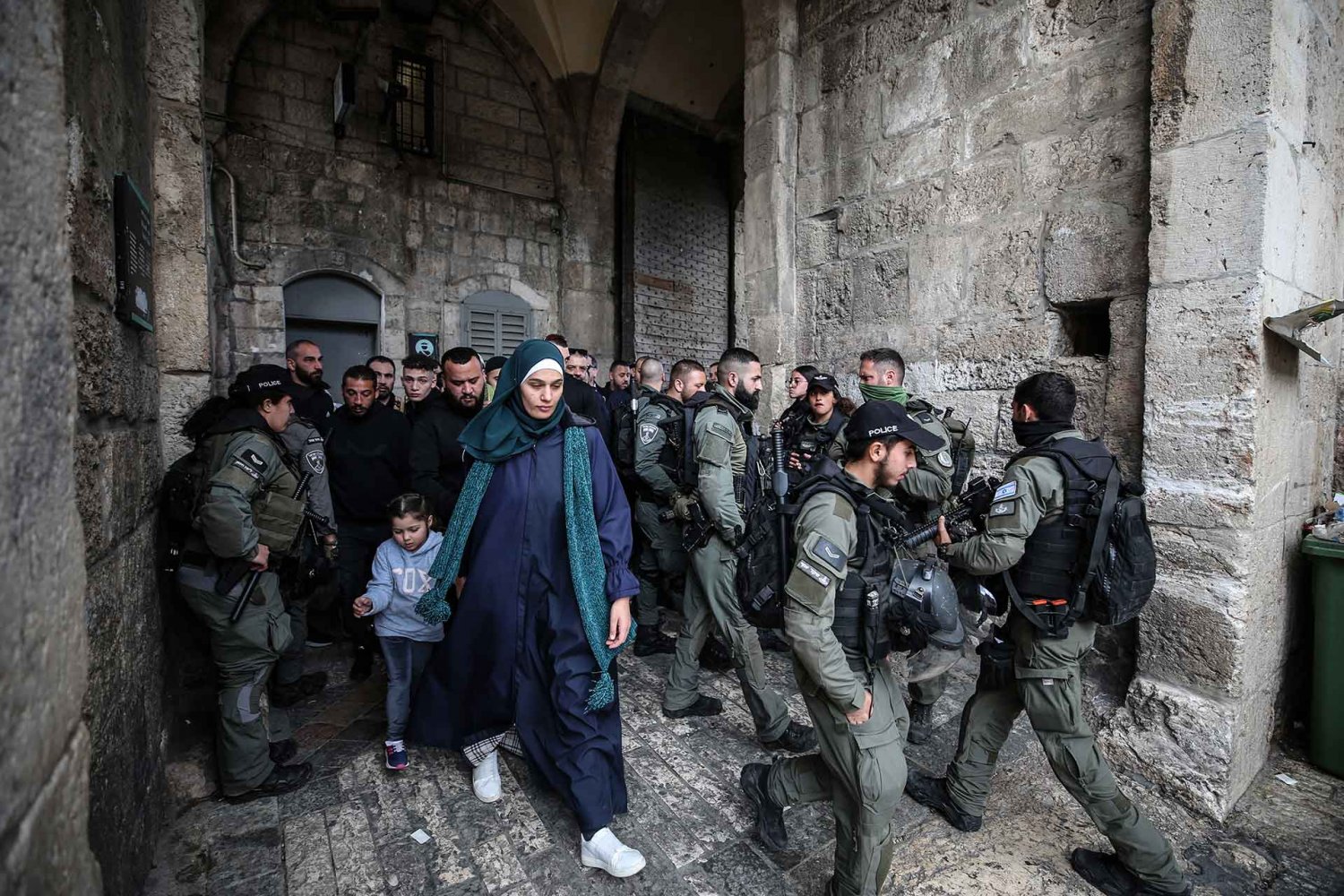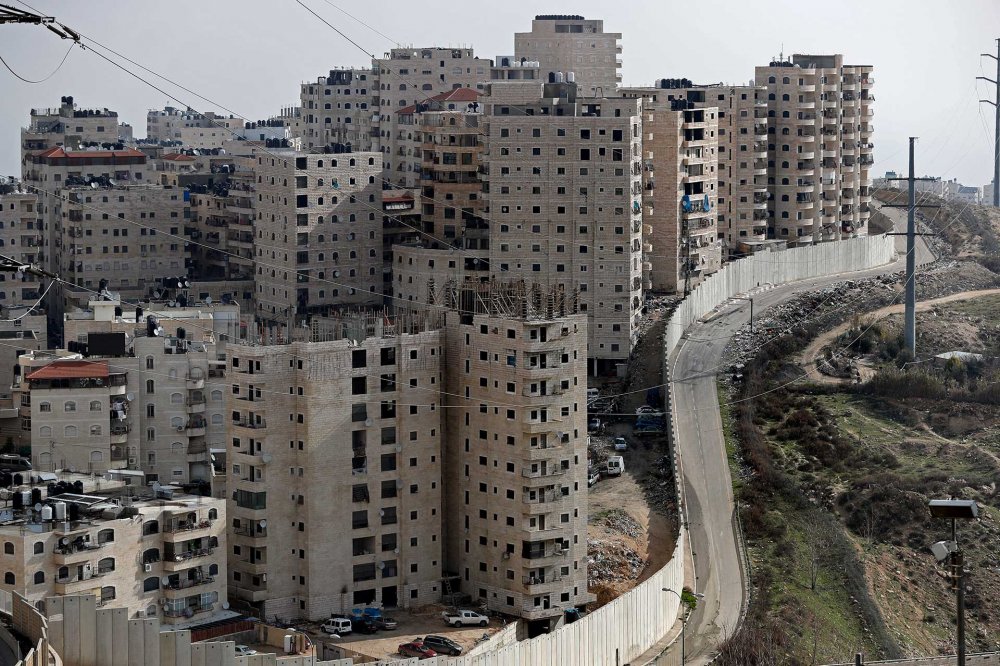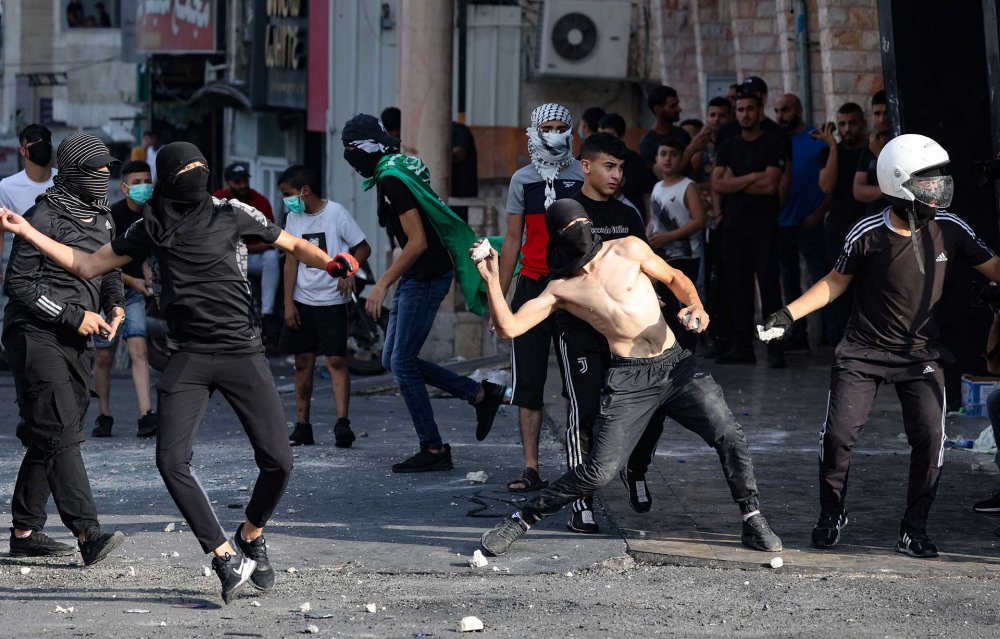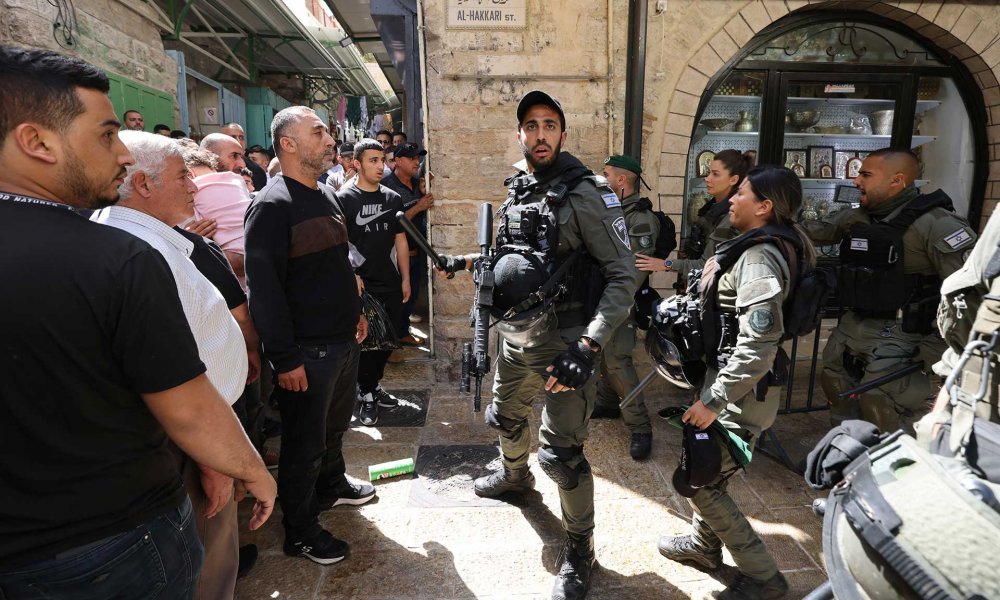“I had to move from the family home in Haret al-Sa‘diyya in the Old City to live in an apartment in Shu‘fat refugee camp after I decided to get married. My wife and I couldn’t live in the house, which now has more than ten people living in only two rooms.”1
This is what Raed Mahmoud, 34, a resident of Shu‘fat refugee camp (see After Four Days of Lockdown, a Jerusalem Refugee Camp Calls for Civil Disobedience), told Jerusalem Story, noting that he is not the only one who left his home in Jerusalem’s Old City in search of more spacious habitation to start his new family. He is one of thousands of Jerusalemites who left the Old City to live in one of the most densely populated Palestinian neighborhoods of the city that lie behind the Separation Wall, namely, al-Ram, Kufr ‘Aqab, Shu‘fat refugee camp, and ‘Anata (see Neighborhoods beyond the Wall and The Separation Wall).
Sources estimate that the number of Palestinians living in neighborhoods behind the wall surpasses 150,000.2 Many hold Israeli-issued permanent-resident status, which means they are tax-paying residents of Jerusalem entitled to municipal services and benefits, but they live in an entirely different and abysmal world where said services are at bare minimum levels or nonexistent.






